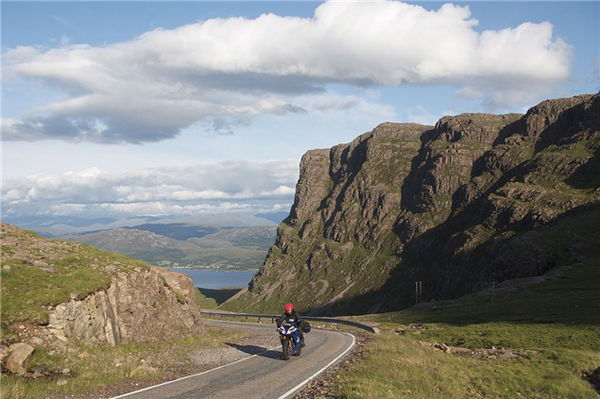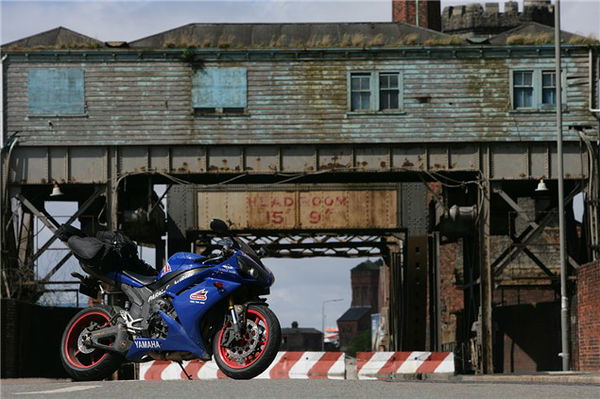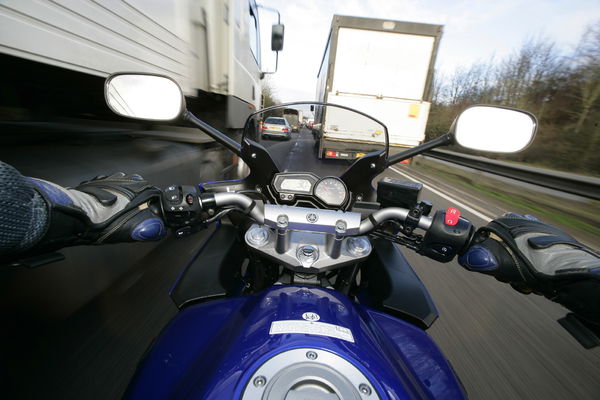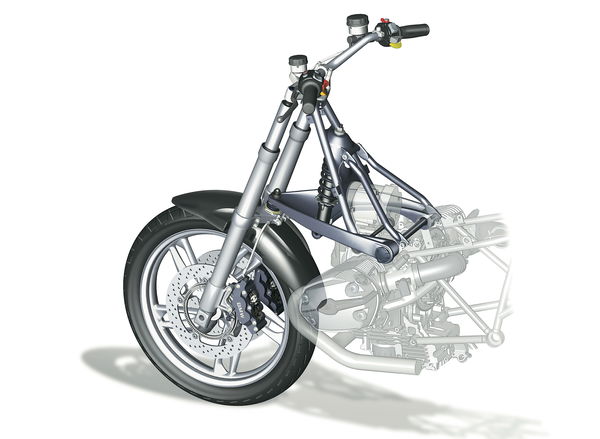Nick Sanders' advice on sportsbike touring
The world's a big place. And there's a lot of ground to cover quickly. Nick Sanders is known for his globe-trotting adventures
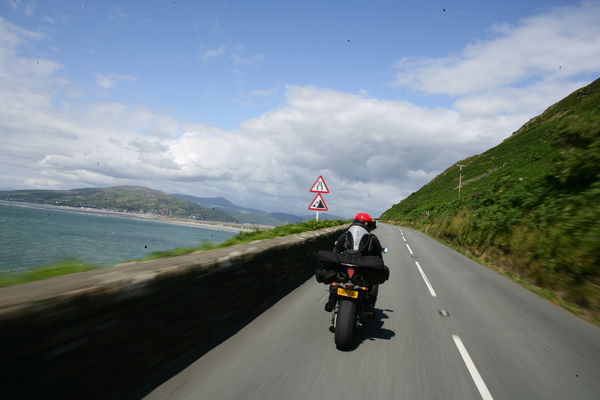

Years ago you went round the world on a BMW and took two years to do it. But today you can ride round the world on a sportsbike and do it in a month or two.
People say Yamaha's R1 is a track only bike and uncomfortable for long distances. The truth is it's an extremely suitable machine for fast touring.
It's a question of how you ride it and where you distribute your weight: if you ride too heavily on your wrists then they're gonna hurt, and leaning so far forward might make it difficult for your back. But distribute your weight appropriately and the R1 suddenly becomes the world's best sports tourer.
On other bikes making progress and building up speed takes time, but on the R1 acceleration is always on tap so I can overtake quickly and get into and out of difficult situations with impunity. The sports riding position lets me look at my vanishing point so I can see where I want to go, and the R1 will get me there with pin-point accuracy.
You can also cover a lot of ground very quickly. There's a stretch across Winnipeg on Alaska's Trans-Canadian highway that is so boring you fall asleep, but I get through it in no time as the R1 eliminates the need to travel slowly. The low centre of gravity also means cornering is superb and this lets you make the most of the world's best roads. It's so easy and forgiving to ride.
But sportsbikes are dreadful for carrying luggage so it's pointless even going there. There are some excellent tail packs, sports panniers and racks on the market to make up for this, but the rider should really adapt and learn to take less. It's a shame to spoil the R1's awesome power-to-weight ratio with excessive baggage. You must work out what you really need and discipline yourself. So that's a passport, visa card, toothbrush, a few pairs of underpants and one change of clothes. You don't need to carry wash stuff - you stay in hotels and get them there, or you buy them en route and chuck 'em away when you're done. There's nothing clever about it.
How many hours a day you ride is up to you. With determination I can ride 18 hours, but six hours with a break every so often is fine; a higher average speed means you can cover ground faster on a sportsbike anyway. Of course there's the issue of fuel capacity, but in Europe you don't have a problem with gas
stations. In North West Australia where there can be 300 miles between gas stations I carry a jerry can on my pillion seat; I'm thinking of fitting an endurance tank to the R1 this year.
Clothing is the old leather vs textile issue. Leathers are safe but they're cold and get soggy if it rains, but they look fantastic and you feel less vulnerable. If it does get cold you can always use an undersuit and heated grips. Textiles tend to flap a bit and don't look particularly sexy, but they're warm, cosy and waterproof, so much depends on where and when you're touring. I've used both, and in May when I do my sixth round-the-world trip I'll be wearing two-piece leathers.
The bottom line is, the R1 will go anywhere. I've ridden it through 30 different countries, six continents and round the world three times so I know that. But you don't need to go that far to find fantastic roads - the Alps or the Pyrenees offer some of the world's best sportsbike riding.
Of course, you can just stick to track days. But it's like going through life not learning to play an instrument or to paint - you're missing out if you don't give something a go. R1s, Honda Fireblades, Suzuki GSX-R1000s - they're all great touring machines.
